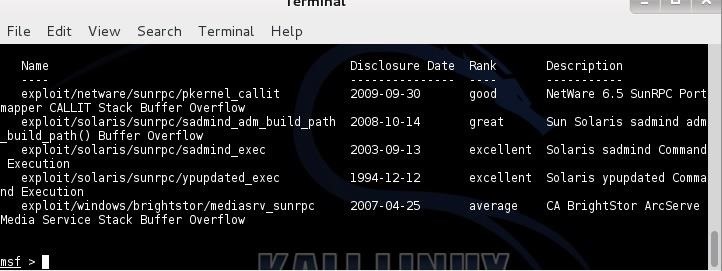Instahack Crack Attack


TL;DR: Instagram contained two distinct vulnerabilities that allowed an attacker to brute-force passwords of user accounts. Combined with user enumeration, a weak password policy, no 2FA nor, this could have allowed an attacker to compromise many accounts without any user interaction, including high-profile ones. Facebook fixed both issues and awarded a combined bounty of $5.000. Introduction Authentication brute-force vulnerabilities are very serious issues for any web application. Users are known to and with millions of human-chosen passwords are publicly available to attackers to easily mount successful attacks.
However, there are some additional arguments that make brute-force particularly effective against Instagram:. User Enumeration: Instagram usernames are public & enumerable via. Weak Password Policy: At the time of submission, the Instagram password policy only enforced a minimum length of 6 characters, allowing choices such as “123456” and “password”.
Instahack Crack Attacks

Two-Factor Authentication: 2FA has only been, and is still not rolled out globally. Account Lockout Policy: No account lockout policy is currently in place, nor any. Therefore, exploitation of these issues could have resulted in the compromise of millions of the 400+ million active Instagram accounts – especially those with predictable passwords. Of course, targeted attacks against high-profile (Celebrity) accounts could have been very effective as well (cf.
Issue #1: Implementation Bug in Mobile Authentication Brute-force Protection Out of Scope: In order to identify the Mobile Authentication endpoint communication in an intercepting proxy, SSL Pinning had to be bypassed in the Instagram for Android application. Additionally, in order to modify & attack this endpoint communication, a key had to be phished from the Android application, which is used to generate a HMACSHA256 signature over the POST parameters of every outgoing request. A Burp Plugin was written that transparently hotpatches the signature for outgoing requests generated, such as those generated by the Burp Intruder module – see below. More details can be found in. The Instagram for Android application used the endpoint at to perform authentication. A simple brute-force attack against this mobile authentication endpoint with Burp Intruder revealed that approximately 1000 reliable guesses could be made from one unique IP address, after which the response changed to “username not found”, although the user obviously still existed (Rate limiting): However, only the next consecutive 1000 guesses resulted in the “username not found” response error message. From the 2000th consecutive guess onward, a reliable response (password correct/incorrect) was followed by an unreliable one (user not found): This allowed a reliable brute-force attack, since an attacker could reason on the reliable response messages and simply replay the unreliable ones until a reliable answer was received.
The only limitation of this attack was that on average, 2 authentication requests had to be made for one reliable password guess attempt. A quick & dirty python script with basic threading support “ InstaBrutal.py” was made to prove this. The output of a brute-force attack of against my Instagram test account “bruteforceme” with password “perfectcrime” can be seen here. End Total time: 227 seconds Notice that the first 1000 guesses were reliable (“good”) guesses, followed by 1000 unreliable ones (“bad”), which were ignored by the python script. Hereafter, the ratio remained closely around 50%. The numbers are slightly off due to lack of thread locks around the global variables storing them, as the purpose of the quick & dirty script was to simply prove the underlying vulnerability.
Can i install Windows XP for i. Mp4 english video songs with lyrics free download. Book G3 model 2. Unless someone has deleted it, it should be there. That's the thing to try before what I suggested above.
Although the script made 10001 password guesses for account “bruteforceme”, an attacker could simply login from any IP address, including the one that was used to mount the brute-force attack. This indicated a lack of additional security controls against account compromise, such as account lockout, IP address location-based fraud detection, Issue #2: Credentials Oracle in Web Registration Endpoint Since a couple of months, Instagram allows registration via its website as opposed to only via its mobile applications.